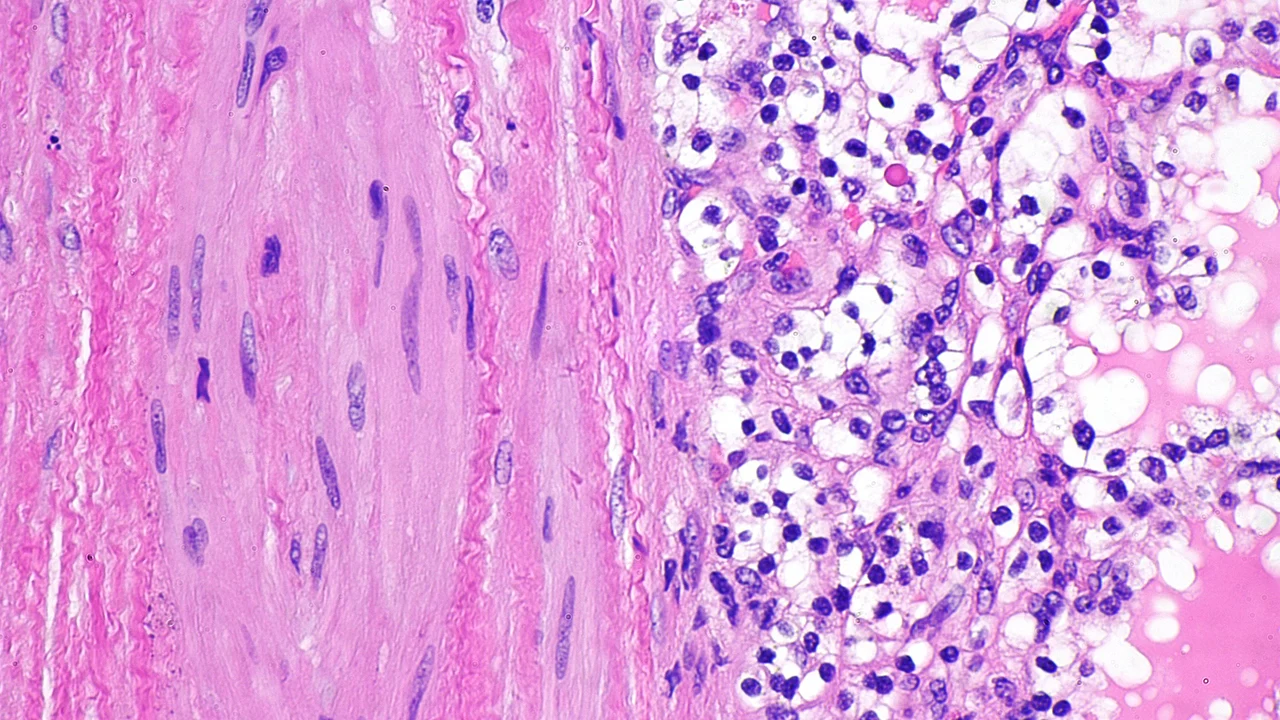Advanced Cancer Treatment: What’s New in 2025?
If you or someone you know is fighting cancer, the word "advanced" can feel both hopeful and confusing. In 2025 there are more options than ever, but they’re spread across many specialties. This guide cuts through the noise and tells you which treatments actually work, how they differ, and where to look for them.
Top Cutting‑Edge Therapies
Immunotherapy. Drugs like pembrolizumab and nivolumab train your own immune system to spot cancer cells. They’re now approved for melanoma, lung, kidney and several other cancers. Most patients notice fewer side effects than traditional chemo because the drug targets the immune response, not healthy tissue.
CAR‑T Cell Therapy. This is a one‑off lab procedure where doctors take your T‑cells, reprogram them to recognize a tumor marker, and put them back in you. It’s approved for certain blood cancers and shows promise for solid tumors in early trials. The treatment can cause a short fever spike called cytokine release syndrome, but most clinics manage it with simple meds.
Targeted Small‑Molecule Drugs. Think of these as smart bombs that lock onto specific genetic mutations—like EGFR, ALK or BRAF—and stop the cancer from growing. They’re taken as pills, so no IV line is needed. The key is getting a genetic test on your tumor; without it you can’t know if the drug will help.
Precision Radiation (Proton Therapy). Proton beams hit the tumor with less damage to surrounding tissue. It’s especially useful for brain, spine and pediatric cancers. The downside is higher cost and limited locations, but many insurance plans now cover it when doctors recommend it.
How to Access the Latest Treatments
The first step is a thorough diagnostic work‑up—imaging, blood tests and a biopsy that’s sent for genetic sequencing. Ask your oncologist if they can order a next‑generation panel; many labs now give results within two weeks.
If a drug is not yet approved for your cancer type but shows promise in trials, ask about enrolling in a clinical trial. Websites like ClinicalTrials.gov list studies by location and disease stage. You’ll need to meet specific criteria, but the paperwork is usually handled by the research team.
When a therapy is FDA‑approved but not covered by your insurance, look into patient assistance programs. Pharmaceutical companies often have free‑drug or copay‑reduction plans for people who qualify.
Don’t forget supportive care. New anti‑nausea pills, fatigue‑management apps and nutrition counseling can make a big difference while you’re on aggressive treatment.
Bottom line: advanced cancer treatment isn’t a single magic bullet—it’s a toolbox. By getting genetic testing, checking trial options and talking openly with your care team, you can pick the right tools for your situation. Stay curious, ask questions, and keep an eye on emerging studies; what looks experimental today could become standard tomorrow.
The Benefits of Physical Therapy for Advanced Renal Cell Carcinoma Patients
As someone who has personally seen the effects of advanced renal cell carcinoma, I cannot overstate the importance of physical therapy in the treatment process. This article will explore how therapeutic exercises can help to manage pain, increase strength, and improve quality of life for these patients. It's not just about medical treatments - a holistic approach combining physical therapy can make a significant difference. Dive in to grasp a better understanding of this approach in managing advanced renal cell carcinoma.
© 2025. All rights reserved.

